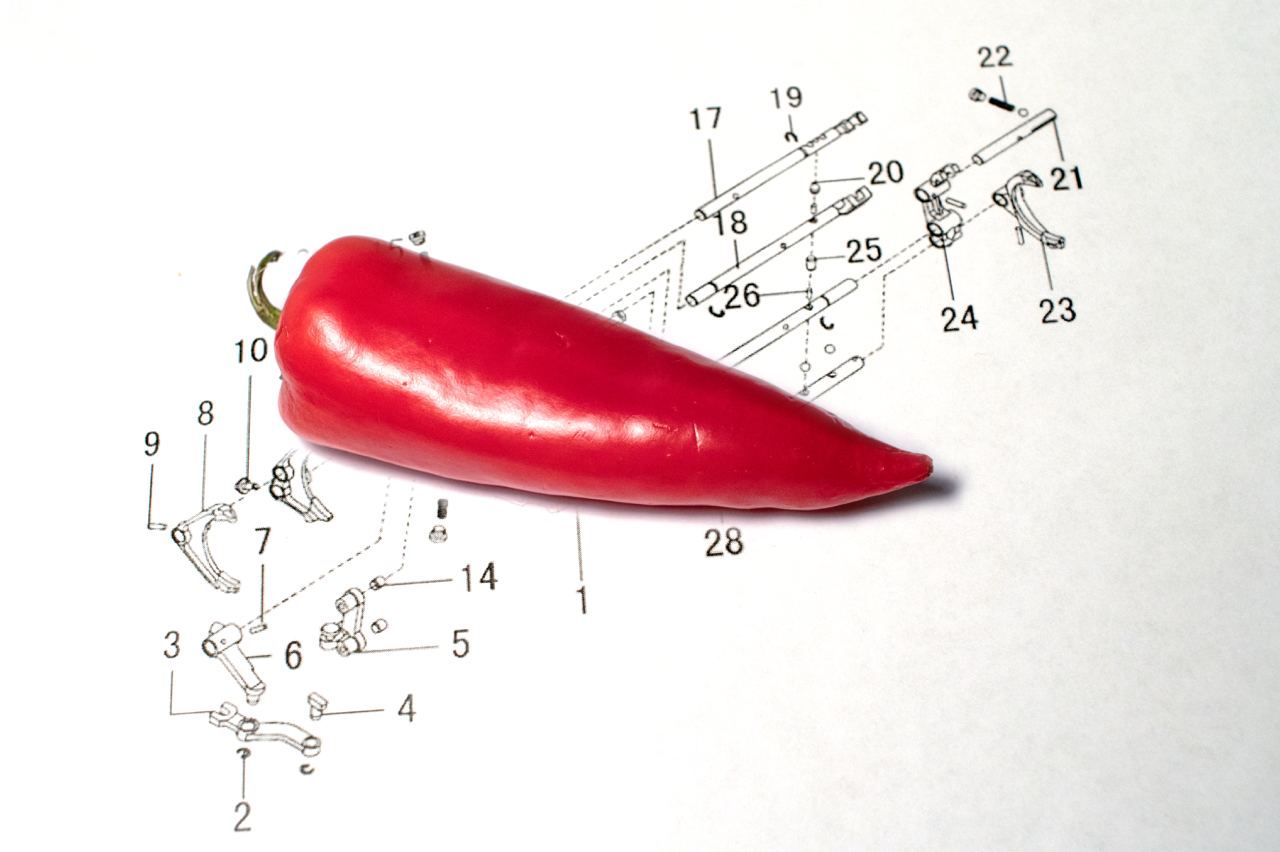Structure of the Male Genital System
Psychiatrist, sexologist, psychotherapist
-
Published:17 July 2023
-
Updated:26 January 2025

The male genital system consists of internal and external organs.
The former include the seminal ducts, tubules, vesicles, and the prostate and bulbourethral gland; the latter include the male urethra (penis), scrotum, testicles, and pelvic peritoneum.
Internal Organs
- The prostate (prostate gland) is located underneath the bladder, covering the urethra. Visually, the prostate gland resembles a chestnut with a glandular structure. The main task of the prostate gland is the production of secretion (juice), which is part of the sperm.
- The seminal vesicles look like sinuous sacs in which seminal fluid is collected and transformed into full semen. During ejaculation, the seminal fluid from the vesicles enters the urethra, is mixed with prostate juice and other secretions, and then erupts through the urethral opening.
- The vas deferens are thin tubes that connect the testicles and the seminal vesicles.
External Organs
- The testicles are paired, oval-shaped organs located in the scrotum. The testicles form and mature sperm cells, as well as the organ that produces testosterone. The structure of the testicles is multi-layered. Sperm production requires a temperature below 36.6, which is why this organ in men is exposed. Seven membranes cover each testicle.
- The penis serves to perform sexual intercourse and, as a consequence, fertilization. Also in the thickness of the penis is the urethra, which leads out the urine. The upper part of the penis consists of two cavernous bodies covered by a connective sheath of protein, and beneath them is the spongy body. The structure of the cavernous bodies provides an erection and makes intercourse possible.
The penis consists of a root attached to the bones of the pelvis, the visible part of the body, and the head (conical tip) with a hole for excreting urine and semen.
Each of the organs of the male reproductive system differs in structure and function, which in interaction, are responsible for an erection and a man's ability to procreate.
Sources
Physiology, Male Reproductive System (https://www.ncbi.nlm.nih.gov/books/NBK538429/). Last Update: May 1, 2023. Accessed 26 Jan 2025.
Link copied!







.svg)
.svg)
